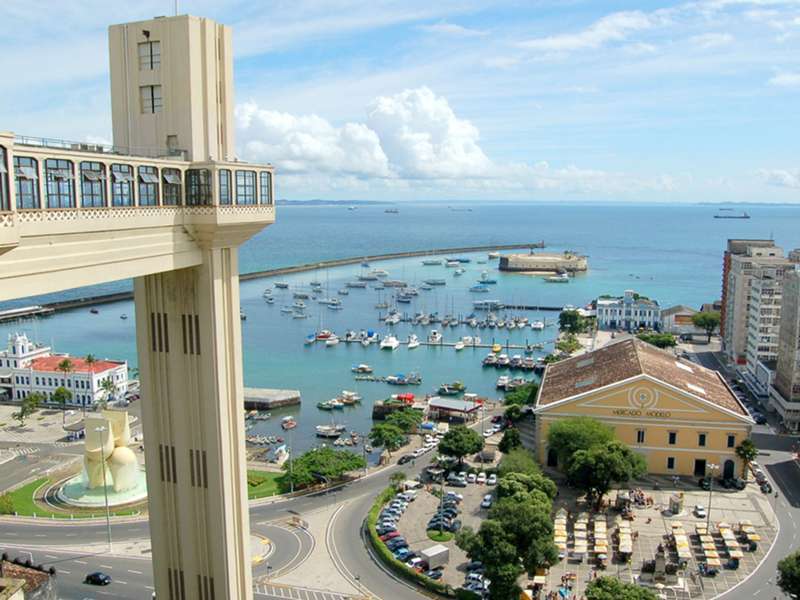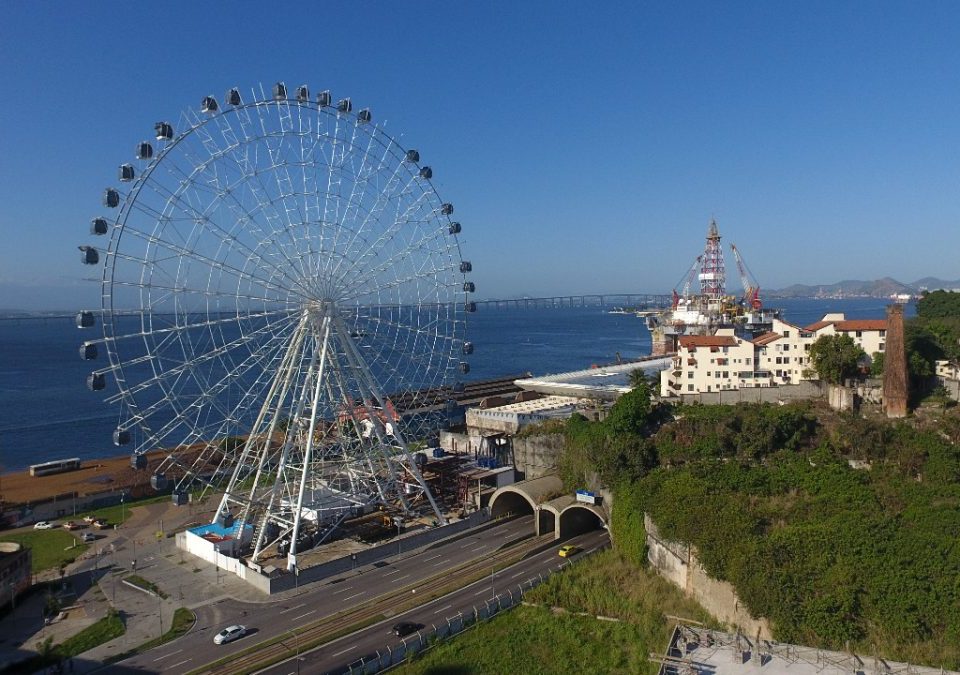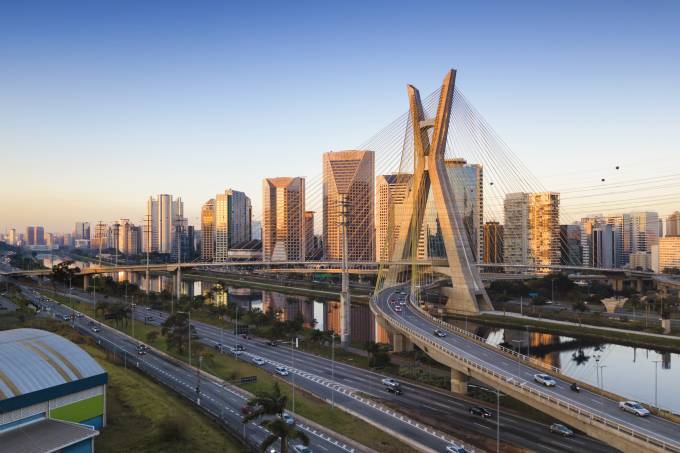Paraty and the Saco de Mamanguá
The other terminus of the Royal Road, seaside Paraty was where the precious metals extracted from Minas Gerais were shipped out in the early days of Brazil’s gold rush. The town lost some of this export trade to Rio de Janeiro in the early 1700s, yet its colonial charm was impeccably preserved – and it’s all the more spectacular for being sandwiched between steep, jungle-covered mountains and the warm, clear waters of the ocean.
A backwater for centuries, Paraty has in recent decades attracted to writers and artists from all over the world. The city plays host to a number of prestigious events, including the literary festival FLIP, a jazz festival and a pinga festival (an excuse to drink lots of pinga, slang for cachaça, the Brazilian cane spirit that’s produced locally).
Getting out on the water to explore some of Paraty’s 65 islands and 300 beaches is a must. Motor boats and schooners can be rented, but for a close-up connection with nature join a kayak tour in the Saco de Mamanguá – a “tropical fjord” – and paddle to deserted beaches, mangroves, waterfalls and Caiçara fishing communities.
Amazon rainforest
The Amazon has a mysterious pull that has fascinated explorers for centuries. One of the wildest places on the planet, the region is almost too big to comprehend, spanning as it does about 42% of Brazil and swaths of eight neighboring countries. Each region offers something different in terms of ecology, tourism and local culture; doing your research before visiting is essential as it’s neither a cheap nor an easy-to-reach destination.
The unending expanse of green can be gazed at for hours as you fly overhead into Manaus, the region’s largest city and a good jumping-off point for many of the lodges and Amazon jungle experiences. You can try canoeing through flooded forests at Anavilhanas National Park, heading farther afield to the recently formed Xixuaú Reserve or spotting river dolphins in the Mamirauá Reserve. A few hundred miles east, Santarém is another access point for seeing the majestic trees deep in the Tapajós Forest or beach hopping along the banks of the Arapiuns River, a tributary of the Tapajós River near Alter do Chão.
Get more travel inspiration, tips and exclusive offers sent straight to your inbox with our weekly newsletter.
Jalapão
In a country teeming with with rainforests, pristine beaches and other natural wonders, the tropical savanna hinterlands of the Cerrado certainly hold their own.
While the Cerrado has borne the brunt of Brazil’s agribusiness boom in recent decades, pockets of conservation do exist, including the relatively unexplored Jalapão State Park – 34,000 sq km (13,127 sq miles) of scrubland, grasslands, forest, caves and unusual rock formations. The best time to visit is the dry season (from May to September) when, despite the dry landscape, water is the main attraction. Splash in the glassy pools of waterfalls or kayak down rapids; you can also take a dip in the so-called fervedouros (boiling pots), natural springs where the bubbling water buoys swimmers. Sand dunes and chapadas (mountain formations) also make for some spectacular hiking.
Chapada dos Veadeiros National Park (400km south) and Emas National Park (to the west) are two much larger conservation areas that are home to dozens of species of flora and fauna at risk of extinction. Lucky hikers might cross paths with giant anteaters, giant armadillos, maned wolf and rheas, South America’s largest bird.
Pantanal
The largest wetland region in the world, the Pantanal offers the best wildlife spotting in Brazil. South America’s largest mammal (tapir) and largest bird (rhea) call the Pantanal home, as do more than 230 species of fish and 650 species of bird – plus such apex predators as jaguars, caimans and anacondas.
Spanning an area more than half the size of France, the Pantanal can be explored in a number of different ways. The most accessible is by road, on the Estrada Transpantaneira, though small airplanes and motorboats open the doors to more remote zones and secluded, upscale lodges. It’s easier to spot wildlife during the dry season, from May to September – but when the water levels rise from October onwards, the rivers flood their banks and inundate the surrounding plains, spurring on an abundance of flora and flocks of wading birds. The wet season also brings the arrival of river cruises: the sun deck of a 15-cabin boat cruise to the Serra do Amolar mountains near the border with Bolivia is an ideal vantage point from which to contemplate the grandeur of this region.
Rio de Janeiro
The most visited city in Brazil, Rio de Janeiro didn’t earn its title of cidade maravilhosa (“marvelous city”) for nothing. In the eyes of Cariocas, it’s the most beautiful place on earth. Visitors would be hard-pressed to disagree.
Dense high-rises are stacked like sugar cubes between mountains cloaked in rainforest and studded with naked granite peaks jutting skywards. Visitors hit the famous beaches to lounge in the sun, but the locals go to get active – surfing, running, cycling or diving into the sand over a sweaty game of beach volleyball. People watching is a serious beach sport in its own right.
Come evening, Rio’s own special blend of tropical rhythms draw the crowds out onto the city’s streets to meet friends at botecos (bars) or join impromptu street parties. You’ll also discover a wealth of culture and history, as the city was in the 19th century the capital of the Kingdom of Portugal, and, until 1960, the capital of Brazil.




